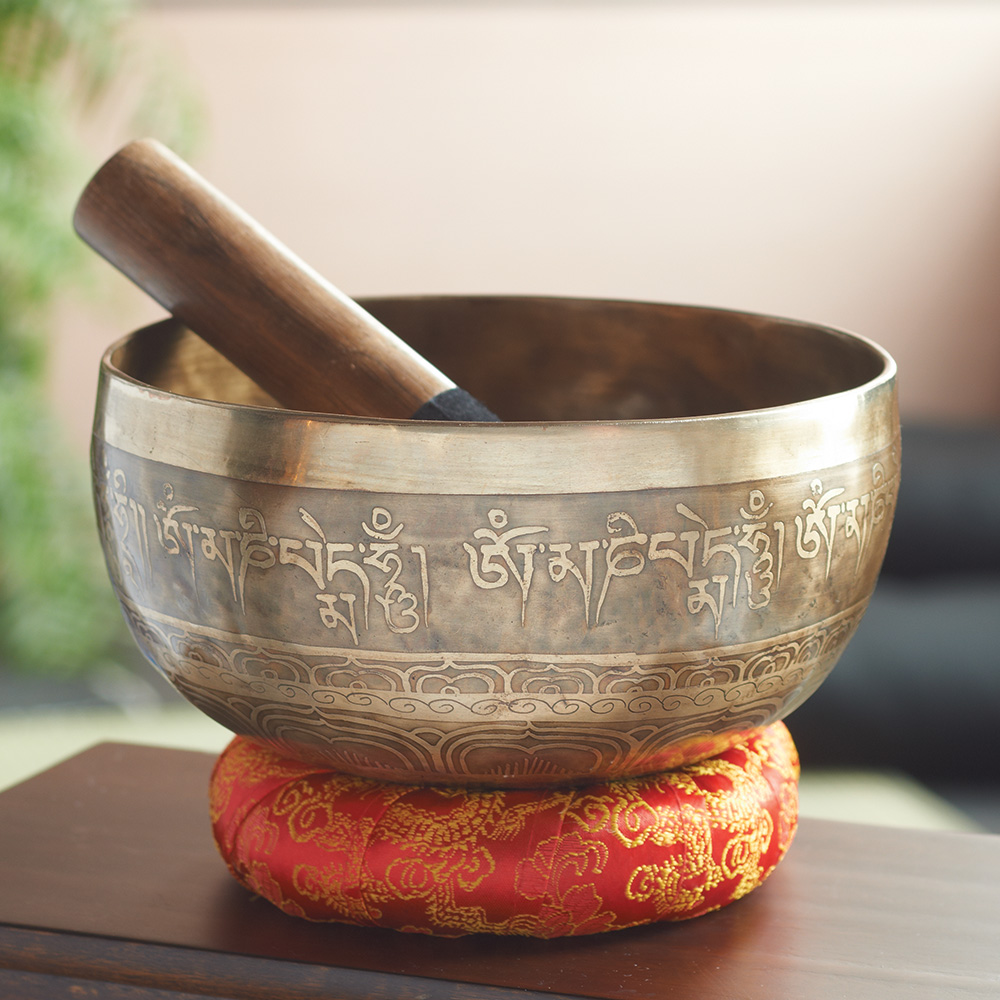 A friend of mine sent me an e-mail from a purveyor of crystal singing bowls who alleges that using the bowls with guided meditation will enable persons to do everything from attracting millions into their bank accounts to awakening their DNA (whatever that means).
A friend of mine sent me an e-mail from a purveyor of crystal singing bowls who alleges that using the bowls with guided meditation will enable persons to do everything from attracting millions into their bank accounts to awakening their DNA (whatever that means).According to websites promoting the use of singing bowls, they can provide all kinds of healing benefits ranging from deep tissue healing and pain management to DNA repair and increased energy.
These assertions are based on the belief that singing bowls "produce a soothing sound believed to have a powerful effect on the body's energy system, helping to balance the chakras and promote healing."
Of course, there's not such thing as a chakra, which is based on the belief in a putative form of energy that does not exist, so if there are any benefits from using a singing bowl, they have nothing to do with energy.
Historically speaking, singing bowls are said to come from a Tibetan oral tradition that one source dates back to 480 B.C. It is actually a type of standing bell that sits on the ground, and its sides and rim are struck to produce sound. In Buddhist practice, the bells or bowls are used to support meditation and induce trance-like states. The best known type of singing bowl comes from the Himalayas and is known as a Tibetan singing bowl, but they can also be found in India, China and Japan.
There has been a resurgence of interest in the use of singing bowls for healing, particularly in alternative markets. Some of these bowls are pricey, ranging in price from $149 for a 6" "Optically Clear" bowl to $2,999 for an 18" "Solid Gold Classic Frosted" bowl.
As they are used today, a typical treatment requires the patient to lie on the floor while bowls are placed in various configurations around the patient, or on the patient's body. The practitioner uses a mallet to strike the bowls in a sequence in order to produce certain sounds and vibrations. This process will sometimes be accompanied by guided meditation.
© All Rights Reserved, Living His Life Abundantly®/Women of Grace® http://www.womenofgrace.com
